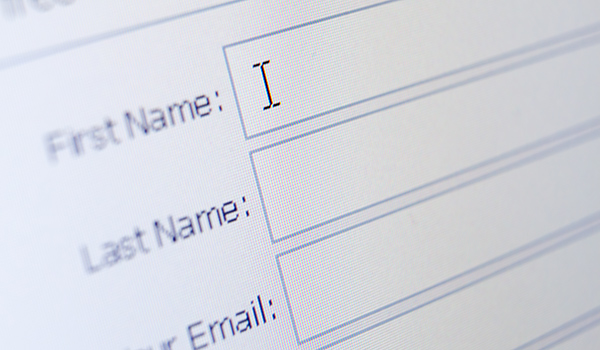
You are the health administrator for your company and you know the importance of health risk assessments. Perhaps you’ve read numerous posts on this blog about them and how they can save companies a lot of money. But there is just one problem. You want to increase Health Risk Assessment completions by your employees or members. And you’re scratching your head as the health administrator because you really thought an HRA would be the mighty answer to reducing healthcare costs and insurance claims for your company.
If employees don’t fill out the HRA, preventable health problems will not be detected, and this will result in lost productivity and profits. Does this sound familiar? You’re not alone.
As you might already know, by itself, an HRA does not do much; it is just a tool to collect information. The effectiveness of an HRA lies in the ability to send targeted messages and offer to coach an employee – or follow up with healthcare providers who can then help an employee with preventive tactics that will keep diseases at bay or the worst, manage the disease effectively. Nonetheless, this chain of events all begins with people filling out an HRA.
So how do you increase Health Risk Assessment completion by employees? To answer that question, we will first have to explore the reasons why they may not be filling out your HRA.
A lack of time
You’re busy. Everyone is busy. When people are at work, they are there to work and will not devote the time needed to fill out an HRA. When your boss has given you a deadline to complete a project, you’re not thinking about your company’s wellness program much less an HRA. When they get home, they might be thinking of ways to spend the time unwinding and relaxing before they are back at work again the next day. So for sure, they are not thinking about an HRA then either.
So how do you actually get people interested in filling one out?
Allowing employees to fill out an HRA during orientation can be an effective way to get people to fill out an HRA. During orientation, people are not yet saddled with a ton of responsibilities and this could actually be a planned session or event on the orientation schedule. Capturing this information early on is also important because any health issues will be detected and followed up on quickly, so it does not become a huge issue for the employee and your company later on.
Employees might not see the importance of an HRA
It’s also possible that employees might not see the importance of an HRA. In this instance, you might have to implement a teaching session that educates employees on the importance and implications of a health risk assessment. You will effectively sell employees on an HRA if you focus on how it benefits them as individuals.
The implications for individuals include:
- An HRA can result in primary prevention of a disease or health condition. This means if the individual receives information and ways to remediate, the interventions can prevent or help manage the disease.
- Secondary prevention- With secondary prevention, follow up interventions will detect a disease in its early stages and treat it.
- Tertiary prevention-These interventions will help people manage a fully developed condition properly.
Communicating the importance and implications and how it relates to them is an effective way to get them involved. Apart from education, providing a financial incentive or offering points to employees through a wellness portal is effective in getting people on the HRA bandwagon.
Cultural practices and norms
In certain cultures, talking about your health with strangers is strongly forbidden and looked down upon. Even for members of these cultures who are well-educated, breaking away from these norms is always not easy. A health risk assessment may therefore appear to be too intrusive for some employees.
This may be hard to navigate but the US Department of Health and Human Services has some fantastic tools that can help.
Concerns about sharing private data
Some people don’t want to share their private health data with anyone except their family doctor. This is an opportunity for you to have an open conversation with the employee so you can fully understand their concerns.
There are no easy answers or solutions when it comes to getting 100% of your employees to fill out a health risk assessment. Nonetheless, the tactics we share in this post can help you increase Health Risk Assessment completion.

